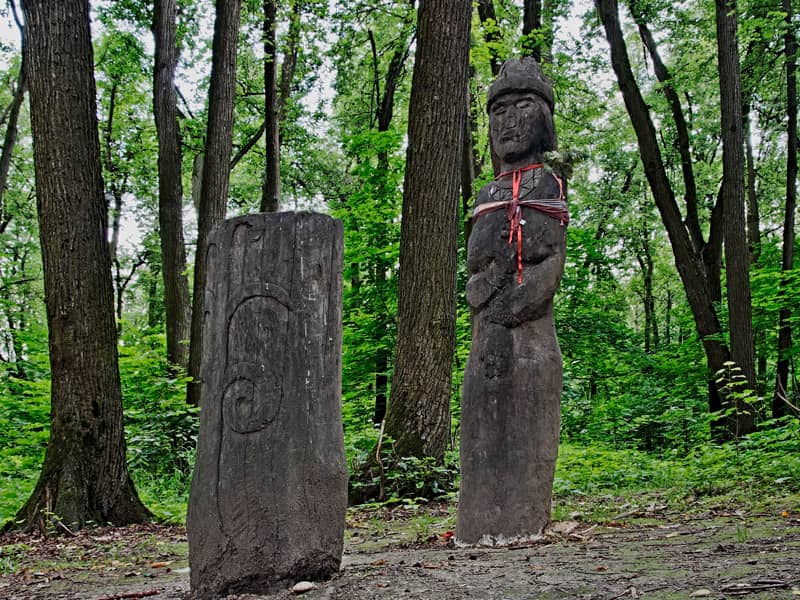Starhawk's next book, "Dreaming the Dark," went a step further. It combined the insights of radical affinity groups that were protesting nuclear power and nuclear war--groups like the Clamshell Alliance--with the insights of the coven, redefined as a group of like-minded people who come together to change themselves and the world. Magic was redefined as a liberating psychology, and the line between the psychic and the psychological became, perhaps intentionally, blurred.
In "Truth or Dare," Starhawk's next nonfiction book, she began with a revealing story: 600 women are sitting in a gym on the second day after they have been arrested in a protest action. There is no privacy. The food is inadequate. People are arguing. Tempers are short, and there is little unity. Suddenly, a woman runs into the gym, chased by six prison guards who shout, "Grab her." The women in the room instinctively surround her and begin a wordless chant. The guards back away, confused, and they withdraw. "For a moment," Starhawk writes, "mystery has bested authority...in that moment in the jail, the power of domination and control met something outside its comprehension. To know that power, to create the situations that bring it forth, is magic."
Although Starhawk wrote these three books, much of her teaching work is done collectively. To understand Starhawk's work, you need to know something about Reclaiming, the Wiccan tradition and collective that informs much of her work:
The book centers on a fairy tale: the 12 Wild Swans. It's the story of a girl whose 12 brothers have been turned into swans and her struggle to free them. It's a complex tale told over and over in different ways throughout the book. "The Twelve Wild Swans" has three different tracks: There's an "elements" track that gives basic concepts and rituals. It's designed for less advanced students, but after an initial reading, I remained a bit confused over several ideas. For example, I am still not sure I can easily go into a meditation and "anchor to my core worth."
The two other tracks are the "Inner Path," which emphasizes working on internal growth, and the "Outer Path," which emphasizes working for change in the world. The Inner Path is written by Valentine, and the Outer Path, by Starhawk. The three tracks move through the book, chapter by chapter. Parts of the myth are told in different ways for each track, and there are exercises and rituals--often very powerful ones--for each track as well. This makes "The Twelve Wild Swans" hard to read unless you are a champion multitasker. It may be best to concentrate on one track at a time, or to use the book as a workbook with a group of friends. There are rituals for the solitary practitioner, but the whole "feel" of the book is one of people working together.
This book will not sit well with those who are tired of therapeutic talk. There are constant references to psychological struggles, boundary issues, and abuse issues. If you're the kind of person who says, "Been there! Done that!" you may find parts of this book hard to take. Some may find the book too politically correct, while others will love the book's inclusivity: its frequent discussions of race, gender, class, and disability issues. And while my own feeling is that the book works equally well for women and men, when I gave the book to a friend, she didn't feel the myth of the wild swans would work for her male friends and acquaintances.
But there is extraordinary material here. There are superb exercises for working with energy, and marvelous ceremonies to explore your purpose in life--and, at another point in the book, your relationship to death and dying.
There are sections for people to work through the vengeful feelings and undo wrongheaded vows limiting their lives. Many of the rituals and meditations are absolutely brilliant. "The Twelve Wild Swans" gets better and better as it goes along; some of the best parts of the book are toward the end.
Let's face it. So very few books written today talk about liberation in a radical way, and even fewer attempt to give you the tools to achieve it. When I turned the last page, my first reaction was to call up a friend and say, "Let's get together and do some of this!"

